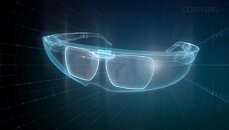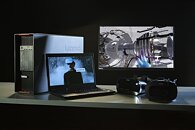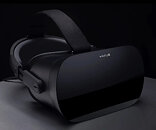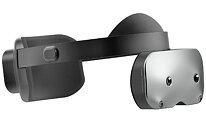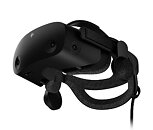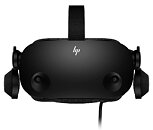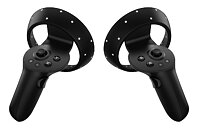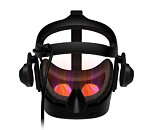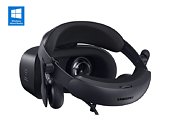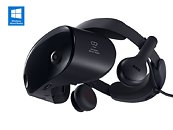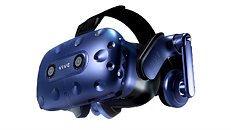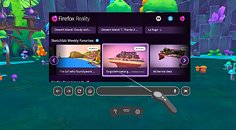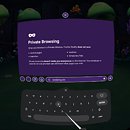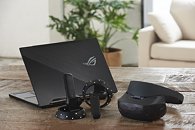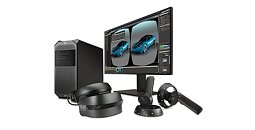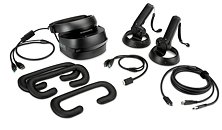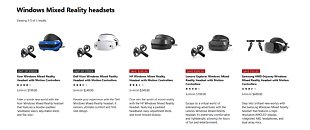Homeworld Franchise Comes to Virtual Reality for the First Time With 'Homeworld: Vast Reaches', a New Game Arriving in 2024
FarBridge, Inc., a leading game development studio, in partnership with Gearbox Entertainment, is excited to announce Homeworld: Vast Reaches, a bold new story in the beloved Homeworld saga that reimagines strategic space battles for Virtual Reality and Mixed Reality. This new game in the Homeworld universe is launching on the Meta Quest 2 and Meta Quest 3 headsets later this year. Players can now wishlist the game at HomeworldVastReaches.com.
In the award-winning Homeworld games for PC, you play as Fleet Command, a human commander who controls a fleet of spaceships. Players will take on the same role in Homeworld: Vast Reaches in vicious combat against a mysterious new foe.
In the award-winning Homeworld games for PC, you play as Fleet Command, a human commander who controls a fleet of spaceships. Players will take on the same role in Homeworld: Vast Reaches in vicious combat against a mysterious new foe.



































